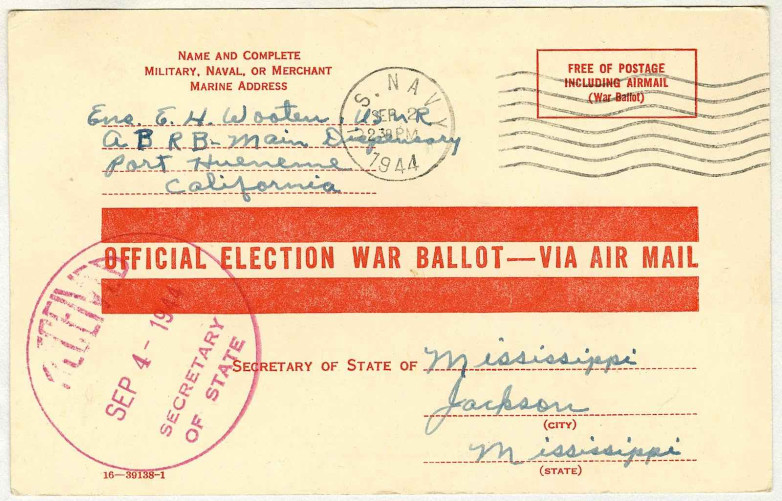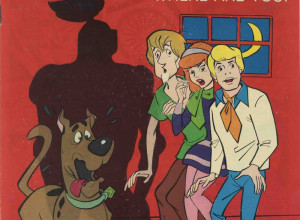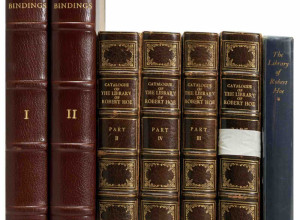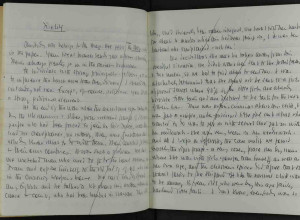Smithsonian’s National Postal Museum To Open Voting by Mail Exhibition

Navy Reserve postcard ballot request
The National Postal Museum’s forthcoming exhibition Voting by Mail: Civil War to Covid-19 will explore the significant role of voting by mail in America.
Voting by mail began in various forms during the Civil War when soldiers could not get home to vote, and it picked up steam again during World War II for the same reason. Mail has been and continues to be a method for providing citizens with access to election information and materials. Today, every state has some form of voting by mail.
On view August 24 through February 23, 2025, Voting by Mail will invite visitors to explore the changing logistical and political reasons for the various ways mail has been part of the election process, and how it continues to define where, when and how Americans vote in elections. Early methods for absentee voting that used the mail enabled military members to participate in elections when wartime deployments took them away from their polling precincts. The Civil War and World War II caused many states to temporarily establish or expand absentee voting for significant numbers of voters in the military.
Allowances for civilians voting absentee grew in the early 20th century and in 1901 Kansas became the first state to permit voting by mail but limited this to railroad employees traveling for work. Since the 1980s, in addition to in-person voting, some jurisdictions, including eight states and the District of Columbia, have instituted all-mail voting with the automatic distribution of ballots to registered voters. The public health emergency of the Covid-19 pandemic brought about temporary procedures, new laws and debates over using the mail for voting.
Objects on display focus on the early history of voting by mail in the U.S. and ways the mail is used in modern elections. Highlights include:
- a Civil War envelope for mailing soldiers’ votes on a tally sheet enabled deployed military service members to participate in the Ohio state election of 1864
- World War II absentee voting materials developed for U.S. Armed Forces, including the design of a blank ballot allowed the government to distribute them before specific candidate names became available, thus accommodating weeks-long mailing time for U.S. forces overseas
- examples of modern election mail including an absentee ballot, an envelope for a mail-in ballot, an official election information guide, and notices announcing elections
“We are excited to present the role of mail in U.S. elections for government representatives serving the American public,” said Elliot Gruber, director of the museum. “The history of mail as an official conduit of election information and election voting materials has long been part of our nation’s history.”
A special website makes available the stories, themes and historical artifacts presented in the exhibition.















